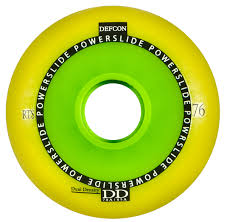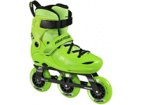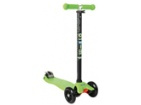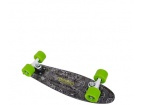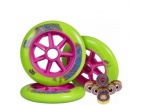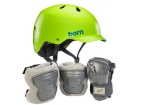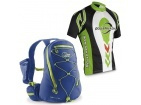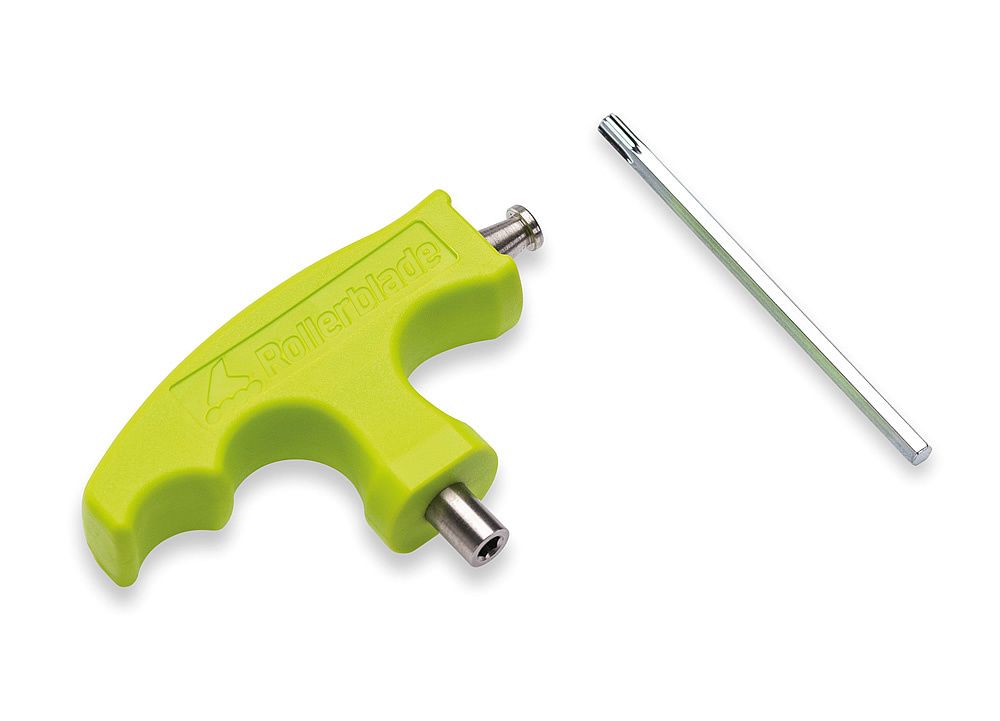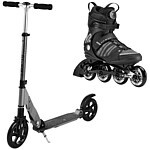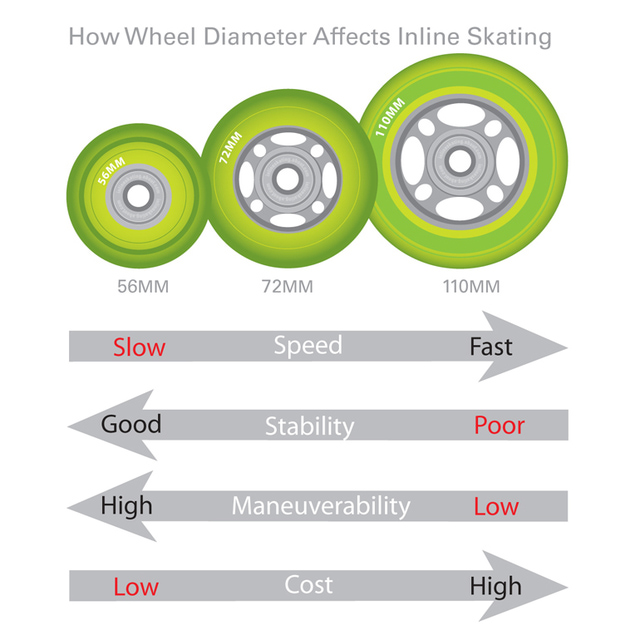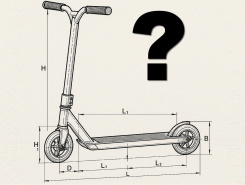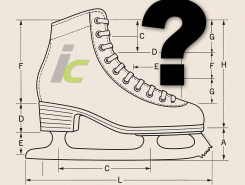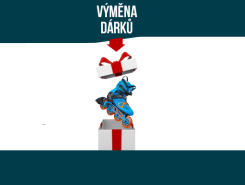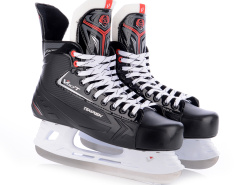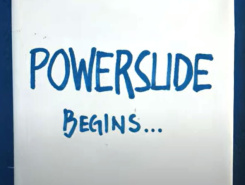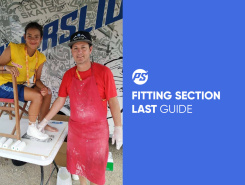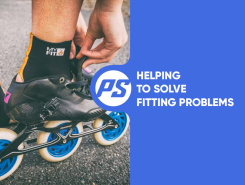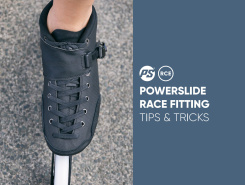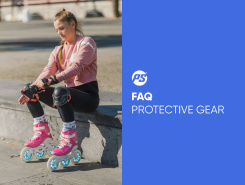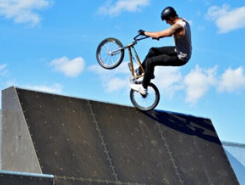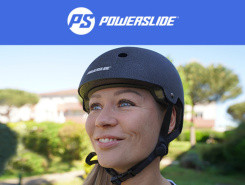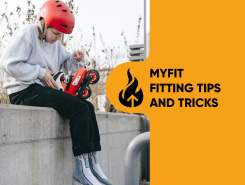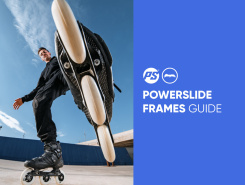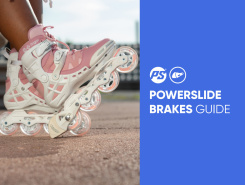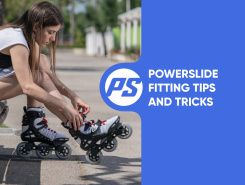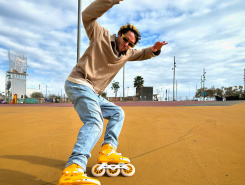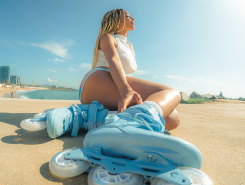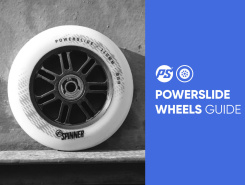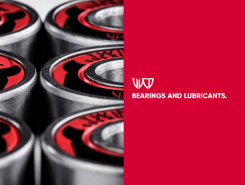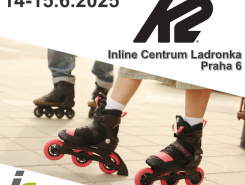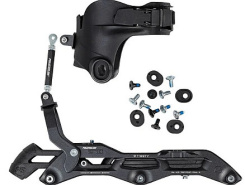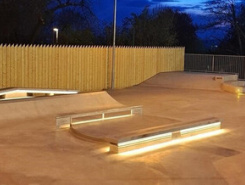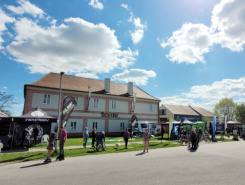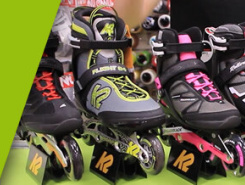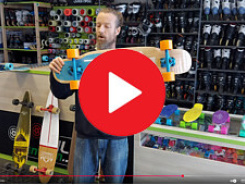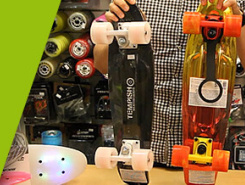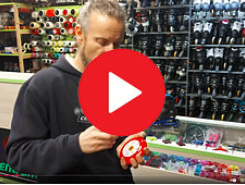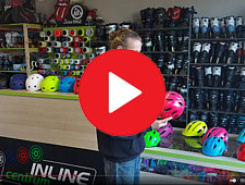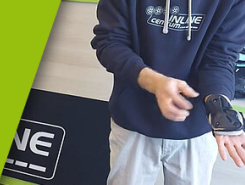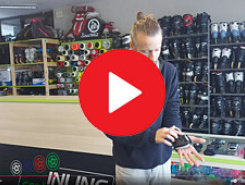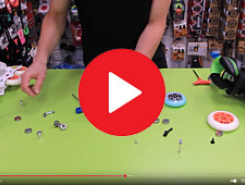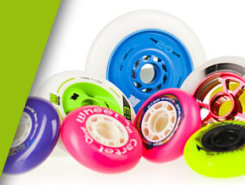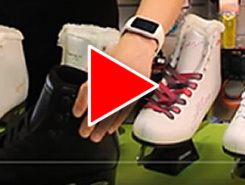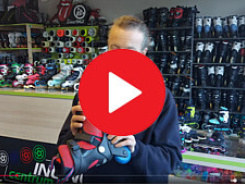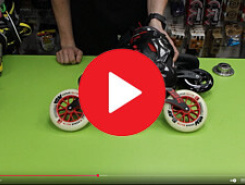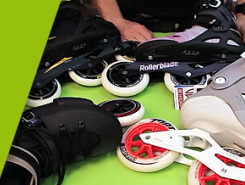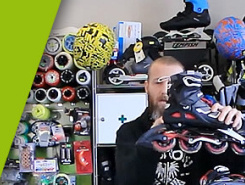Advisory centre - How to choose wheels

Wheels
Size of wheels
General:
Bigger wheels = higher speed, longer frame, higher focus point > worse stability and nimbleness
Smaller wheels = lower speed, shorter frame, lower focus point > better stability and nimbleness
With adult fitness skates are used wheels in these sizes:
less than 80mm - nowadays, wheels smaller than 80mm are used very occasionally. Smaller wheels are used with older types of skates, special types (freestyle, inline hockey), kids skates and singularly with fitness skates for beginners.
80 mm - the basic fitness skates. Nowadays the less used type. Suitable for beginners and recreational skaters. Usually with bearings ABEC/ILQ/SG 5.
84 mm - suitable for beginners or mid-level experienced skaters who search for nimble skates. Usuaully with bearings ABEC/ILQ/SG 7.
90 mm - top inline skates. Suitable for experienced skaters who like faster ride. Usually with bearings ABEC/ILQ/ SG 9.
100 mm - fast and not much nimble skates suitable for fast ride and long tracks for experienced skaters. Usually with bearings ABEC/ILQ/ SG 9
110 mm - fast and not much nimble skates suitable for fast ride and long tracks for experienced skaters with excellent skating technique. Used usually for speed and semi-race skates.
125 mm (always frame with 3 wheels) - nowadays the biggest wheels used in fitness and race field. They are used always as 3 wheel skates. Advantage is good ratio of speed and nimbleness. Disadvantage are worsen acceleration and higher focus point.
Amount of wheels
2 wheels- used with special models such as nordic skates (inflatable wheels), skate ski or aggressive skates.
3 wheels- very popular lately. Good ratio of speed to nimbleness. This allows to use bigger wheels but maintain short and nimble frame. Simultaneously this allowed to increas the size of sped skates for 125mm ( 4 x 125 mm would mean too long frame). 3 wheels are also used with kids skates to cut down the weight and to shorten the frame.
4 wheels- the most common amount of wheels. Providing good ratio of speed, adhesion, nimbleness. Used with all types of inline skates. Maximum size is currently 4 x 110 mm.
5 wheels- 5 wheels are used with older types of speed skates, downhill skates and alpine slalom.
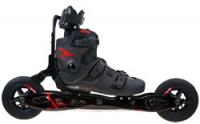
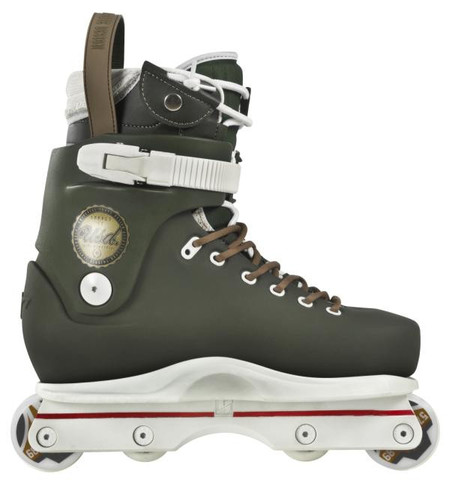
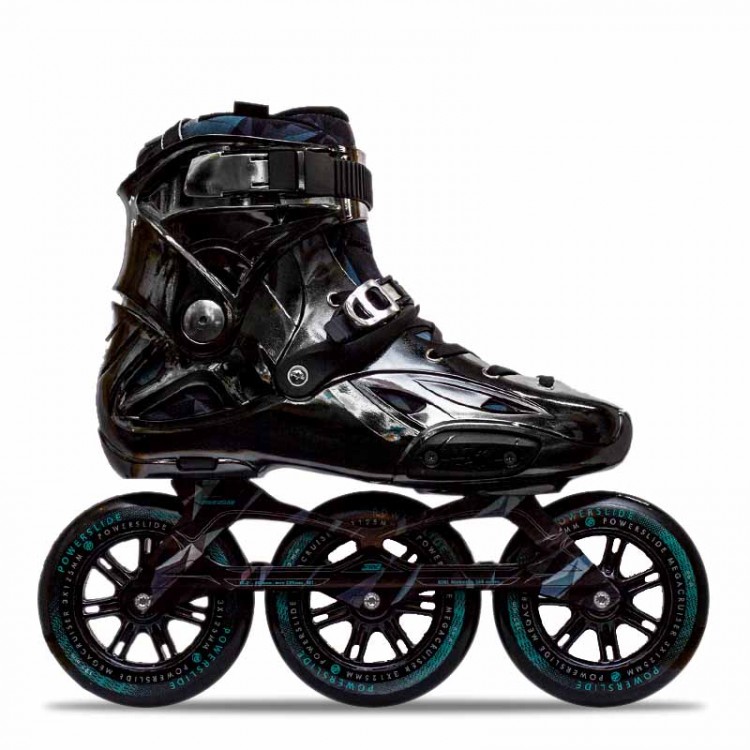
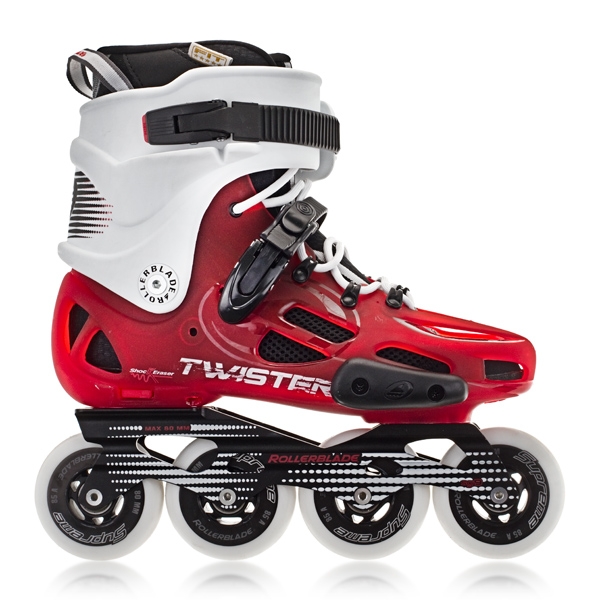
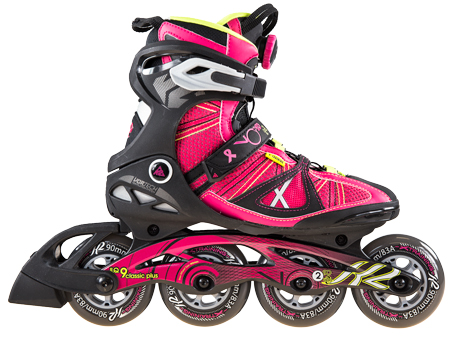
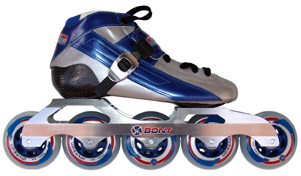
Quality and hardness
Basic types of wheels according to type:
Fitness wheels
Freestyle/freeskate wheels
Aggressive wheels
Speed wheels (speedskating)
In-line hockey wheels
Trekking wheels (Squad)
Nordic wheels (inflatable or PU)
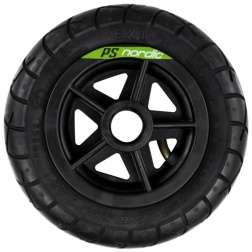

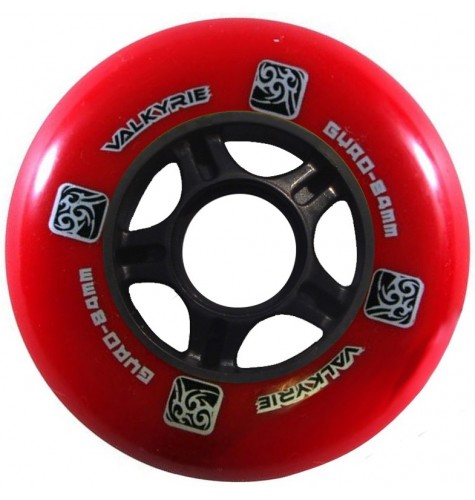
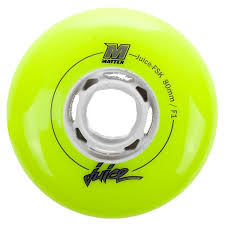

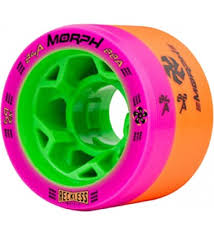

The most important features:
Material of wheels
Hardness of wheels
Further information:
wheel profile
weight
center of wheels

Material
Basic material is polyurethan (PU). Quality is determined by additives. Final material affects quiality of ride and also the price.
The cheapest wheels are made of PVC, we definitely do not recommend either sell these wheels, because they are not suitable for skating.
Top level wheels are made of dual mixture. Inner part is made of softer PU which provides better adhesion and rebound. Cover part is made of harder PU which provides longevity and smoothness.
Special PU mixture is for wheels intended to rainy days. This mixture provides great adhesion even on wet surface. Price is rather high and they are used mainly for racing.
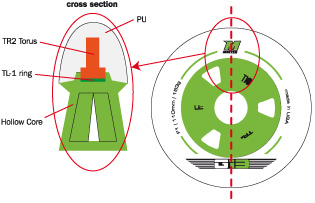
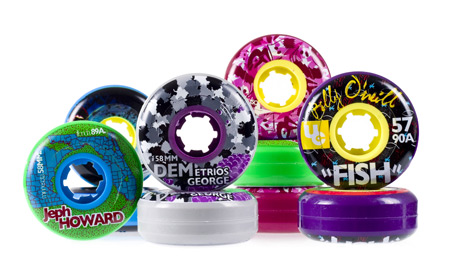

PU quality determines:
adhesion (grip)
smoothness (resinstance > speed)
absorbind
longevity
Hardness of wheels
General:
Harder wheel = higher speed, less wore out, worse adhesion, worse absorbing
Softer wheel = lower speed, higher wore out, better adhesion, better absorbing

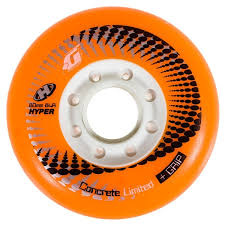
Hardness marking:
a) the most common way of marking is number and letter A (for instance: 82 A) - measureing is done with durometer, letter A marks unit of measurement and actual hardness is measured. Fitness skates are usually within the range 80 - 87 A. The higher the number, the harder the wheel (and suitable for faster ride)
b) less usual way of marking is number F and numbe 0-3 (for instance: F 3). This footprint scale was invented because use of durometer does not reveal all atributes important for hardness. The higher the number, the softer the wheel (F0 = the hardnest, F3= the softes). It is specific marking used by certain producers. At the same time, it is way of marking actual wheel collection - F1 wheels for circuit are different than F1 wheels for asphalt.
Hardness also differes in type of use. There are special soft wheels for artificial surfaces (inline hockey, speedskating) or on the contrary extremely hard wheels for aggressive skating.
Conversion (durometer > footprint):
F0 = 88A
F1 = 86A
F2 = 84A
F3 = 82A
Caution! Information about hardness are not exact. It always depends on actual quiality of wheels. Significantly more expensive wheel can be far more better even though the marking is the same as with cheaper wheel. It can happen, that expensive wheel with high-quiality additives with hardness 86 A will have better propreties than cheaper 84 A wheel.
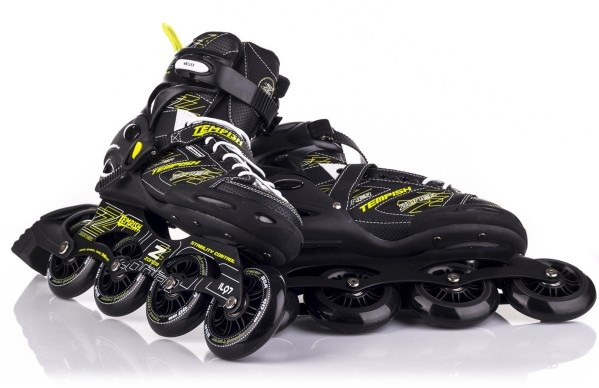
Wheel profile
You can also notice differences in profiles of wheels. Profile of wheels usually differes in certain skating discipline they are used for. Usually, the differences are not particulary noticeable during ride.
General:
wide profile = better stability and adhesion, lower speed. Suitable for freestyle and aggressive skates.
narrow profile = higher speed (due to lower friction). Suitable for fitness and racing skates.
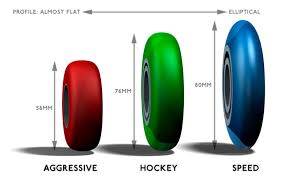
Weight
Weight is a matter of question usually when it comes to speed skating, semi-race skates for long track and models with emphasis on the lowest possible weight. Description of racing wheels usualy includes amount og grams, but seight of common fitness wheels is hardly ever stated.
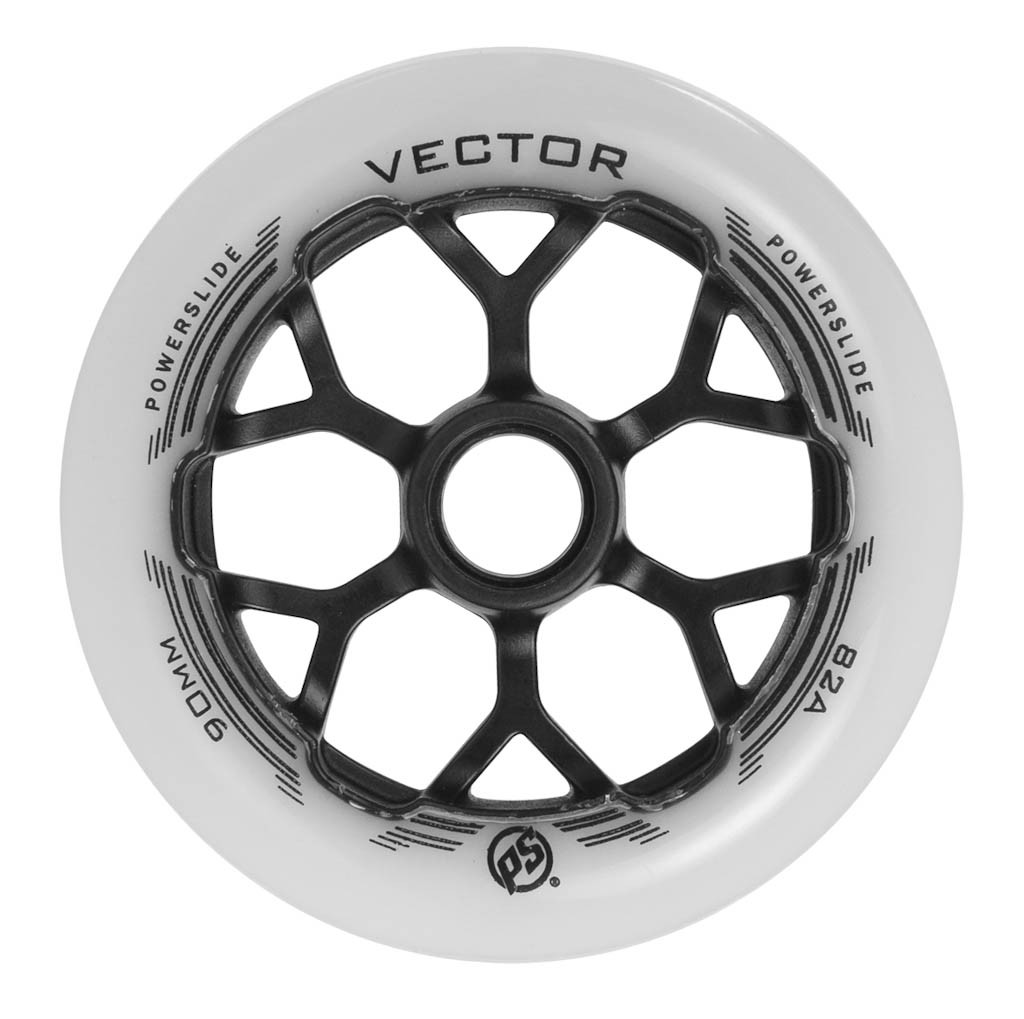
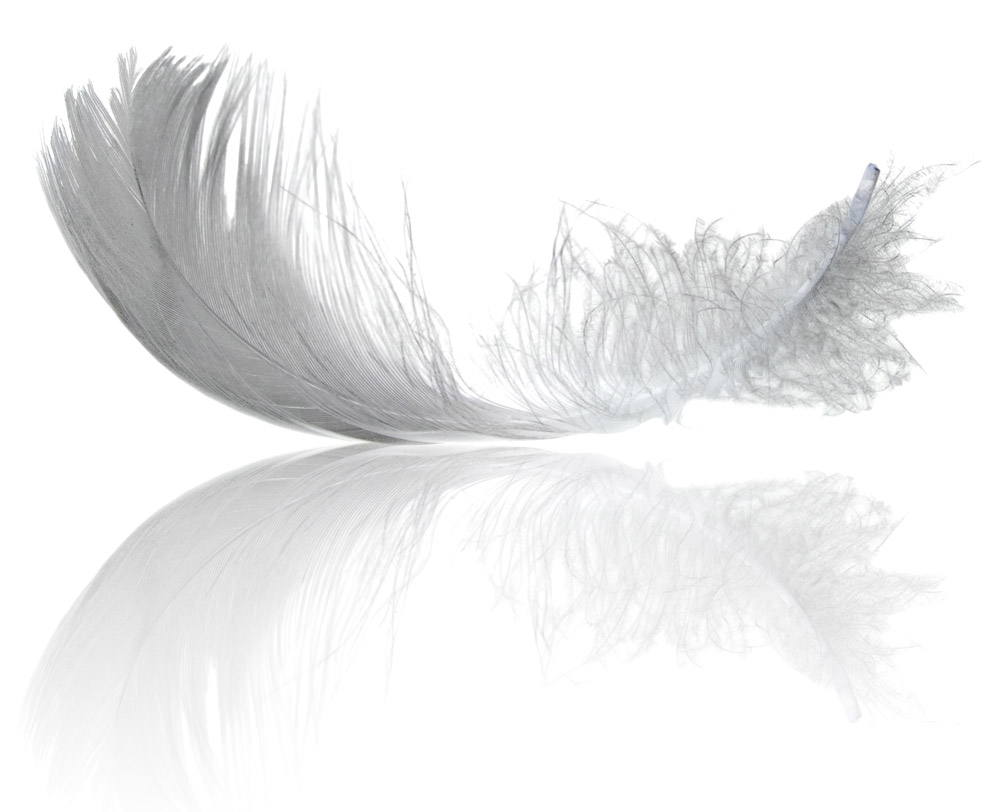
Midpoint of wheels
Midpoint of wheels affects mainly weight, hardness and rebound. Racing skates need better constructed midpoint for better adhesion and rebound. Freeskates have usually full midpoint in order to maintain resistance during jumps and tricks. Fitness skaters usually do not care about midpoints, effects on ride are usually hardly noticeable.
